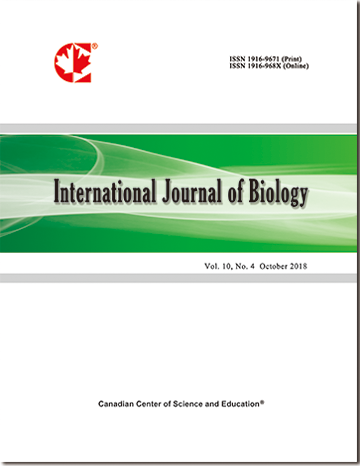Serpentine Adaptation of Ligustrum japonicum Thunb. (Oleaceae) Based on Morphological and Anatomical Approaches
- Masayuki Shiba
- Tomoki Tate
- Tatsuya Fukuda
Abstract
Serpentine soils consist of broadly skewed elemental profiles, including abundant toxic metals and low nutrient content in drought-prone, patchily distributed substrates; therefore, they are one of the most challenging settings for plant life. In this study, a comparative study was conducted using serpentine and inland populations of Ligustrum japonicum Thunb. (Oleaceae) to determine morphological and anatomical differences between the same species growing in the serpentine and inland areas. Longitudinal leaf sections indicated that serpentine populations had slightly thicker leaves than inland populations, contributing to the increased heights of adaxial and abaxial epidermal cells and palisade and spongy tissues. Moreover, the serpentine population had smaller stomata than the inland populations. These results suggest that the strong selective pressure under serpentine soil conditions could force leaves to restore water and avoid excessive transpiration.
 PDF
PDF
